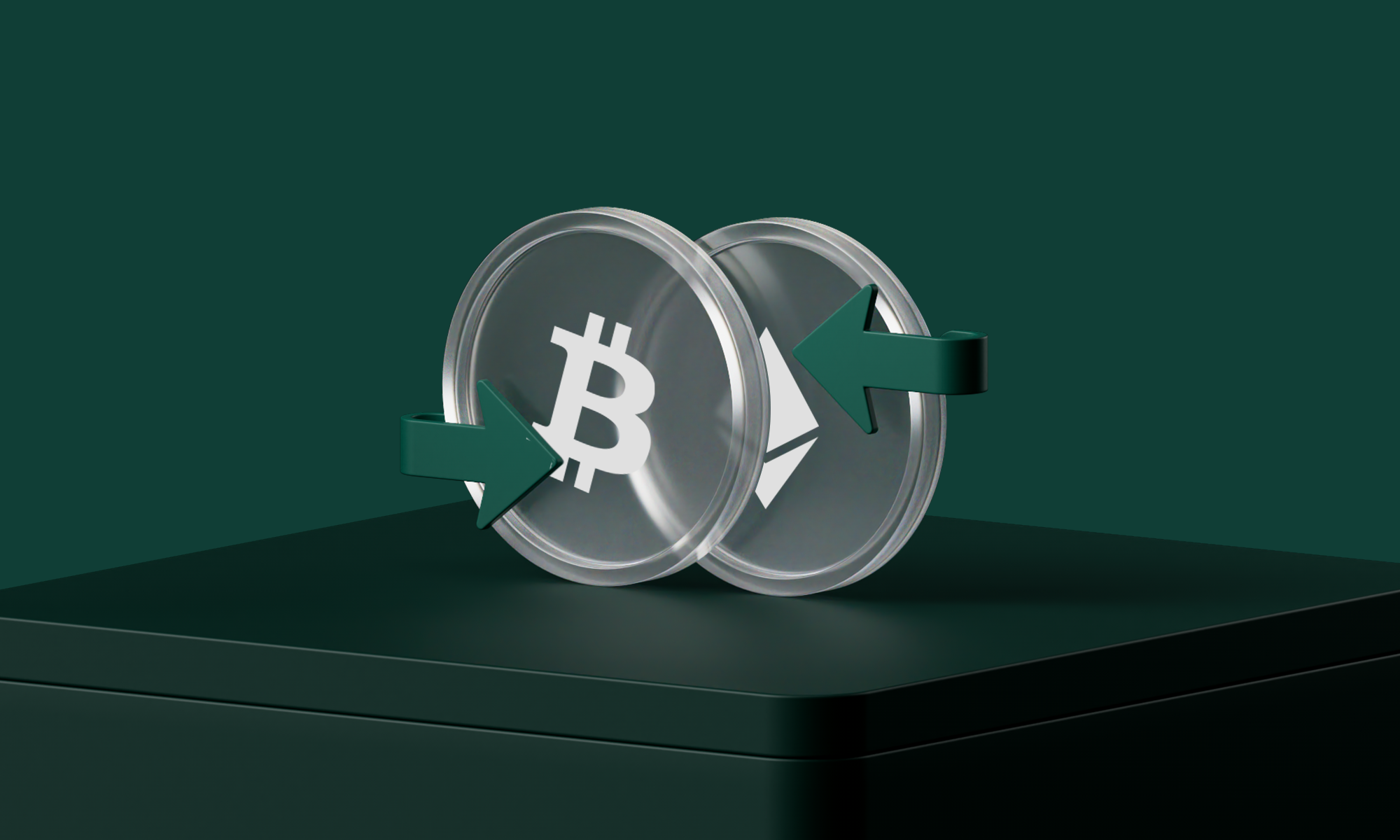Definition: What is fiat money (or fiat currency)?
Fiat money or fiat currency is, by definition, a legal means of payment. This includes physical cash like coins and banknotes, as well as electronic money in bank accounts. It derives its value not from being backed by physical goods like gold or silver, but from the trust that consumers and the economy place in the stability and ability of the government to maintain its value. A country’s central bank often influences this trust, as it plays a key role in regulating the money supply and interest rates.
The value of fiat money arises from the economic policy and financial regulation of the issuing government and its central bank. Central banks decide how much money to print and manage the economy through monetary policy tools such as the base interest rate. The fiat money system allows central banks to control the money supply flexibly, thereby influencing stability and inflation.
Fiat money is flexible and adaptable, making it a fundamental element of global financial systems. It allows governments to respond to economic changes and supports money creation through lending.
The history of fiat money
The history of fiat money begins in ancient China. The country introduced it in the 11th century as a response to the shortage of practical metal coins. In Europe, fiat money in the form of paper money only gained acceptance in the 17th century, when banks began issuing banknotes that could be exchanged for gold or silver.
Before the introduction of paper money, countries used commodity money (also known as natural money). Commodity money was an early form of currency in which the physical substance of goods directly determined their value. These were easily exchangeable goods and natural or utility items used as a medium of exchange.
Over time, states recognised that they could use banknotes as money themselves – as long as people trusted the authority behind them. The government guarantee that the currency would be accepted as legal tender strengthened that trust. In the 20th century, most currencies in the world shifted to pure fiat money, as the link to physical assets like gold was removed. Since then, fiat money has been an important part of the dominant global monetary system, whose value depends on the economic and political stability of a country.
How does the fiat money system work?
The fiat money system works on the basis of public and economic trust in the stability and monetary policy competence of governments and their responsible central banks. These central banks have the authority to print and regulate money to manage the economy and ensure value stability.
The defining feature of fiat currency is that it, simply put, has no intrinsic value. Its value is instead determined by state regulations and laws. A country’s legislation provides the legal foundation for fiat currencies by establishing the respective currency as official tender. What does that mean for fiat currencies? By law, fiat money constitutes a binding means of payment. Another feature of the fiat money system is its flexibility: central banks can adjust the money supply to economic needs using money creation mechanisms such as the money multiplier.
In practice, the central bank can therefore increase the money supply (electronic or physical cash) to stimulate the economy by lowering interest rates and encouraging banks to lend more. Conversely, it can reduce the money supply to prevent inflation from rising too quickly. How? By raising interest rates, which makes borrowing more expensive and thus less attractive.
Trust in fiat currencies
Trust in fiat currencies is a critical factor that underpins and keeps the entire fiat money system operational. This trust is established and maintained through various pillars:
Central banks: Stability and transparent monetary policy promote trust in the currency.
Government regulation: National laws ensure the acceptance of fiat money as legal tender.
Economic performance: A strong economy signals reliability and strengthens trust in the currency.
Historical stability: Long-term value retention and low inflation increase people’s trust in the currency.
International reserves: Adequate reserves in foreign currencies and gold secure the value of the currency.
Political stability: A stable political environment reinforces trust in monetary policy.
What fiat currencies exist?
Some of the most well-known fiat currencies issued by governments include:
the US dollar
the euro
the Japanese yen
the British pound
All of these currencies originate from their respective central banks and have legal tender status in their home countries. The euro, for instance, is used by 20 of the 27 European Union member states. It’s therefore an example of a supranational currency. Other major fiat currencies include the Swiss franc, the Canadian dollar and the Australian dollar, which serve as the main means of payment and basis of monetary policy in their respective countries.
The value and stability of fiat currencies are reflected in exchange rates, which are continuously adjusted on the foreign exchange market – the world’s largest and most liquid market. The relevance and spread of a fiat currency are influenced by factors such as the country's economic strength, political stability, its importance in international trade and its role as a reserve currency.
